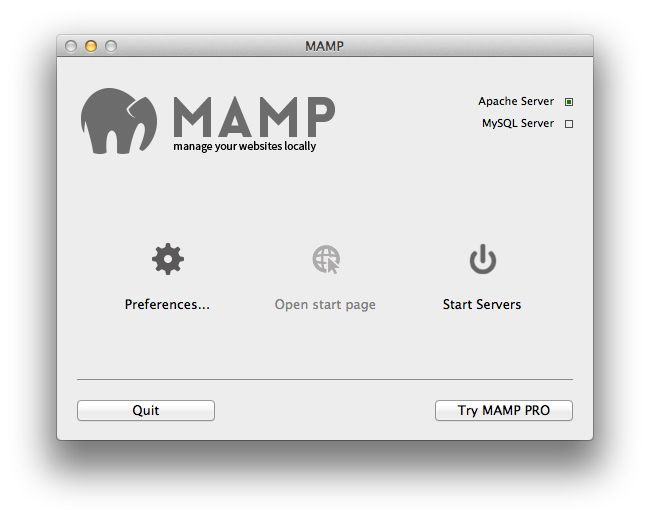

Most importantly, however, the CPU and memory load on my computer was almost half of what it was with Homestead running on Virtualbox.
#Ampps existing wordpress upgrade
MAMP v 4.0 upgrade was clean and easy to use. Though I still swear by Homestead for simplicity and ease of use, I did notice a few things with MAMP to my surprise.
#Ampps existing wordpress code
Long story short the issue was in the code and not my local working environment, but by that time I’d made the switch to MAMP to ensure my local was the same as my coworkers. Despite resetting and spinning up a new local the problem persisted. After all, Vagrant is notorious for being a tad buggy from time to time, so it made sense that the issue was caused locally. Recently, however, I had to make a switch to MAMP for a project that was showing issues on my local environment. I use Homestead for smaller projects, one-offs, and personal website tasks-it’s still much quicker for me than any other local environment setup. 512 works just fine if you’re only running one or two sites. On my Macbook Air 2011, I found that 2048 took too much away from other apps and slowed down my computer considerably if I was trying to use Adobe Photoshop or Chrome with ninety tabs side by side. Memory in the homestead.yaml files is set to 2048 by default, but I recommend 1024 to have a fast local machine without taking too many resources away from other tasks. Note: If you’re building static sites, you can just drop files into your root and you’re ready to rock–no 1, 2, 3 needed.

Go to (or whatever you’ve named your website) and follow the WordPress setup the way you normally would. Next thing you’ll want to do is map your new site URL to your ip in your hosts file so that you can use your URL. variables, blackfire and ports don’t need to be touched, but you can read more about those here.databases are the matching databases for each of your sites.You can use the default location, I just find it easier and nicer to work out of the folders I want to work out of. to refers to the default vagrant folder location. I like having a good 24/7 backup of working files, hence Dropbox. map is the relative location on your computer, in my case ~/Dropbox/Private/Working. folders contains two parts map and to.authorize and keys reference your SSH keys.



 0 kommentar(er)
0 kommentar(er)
